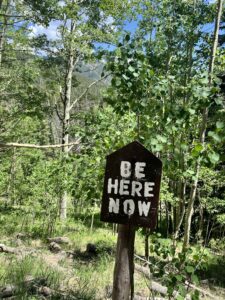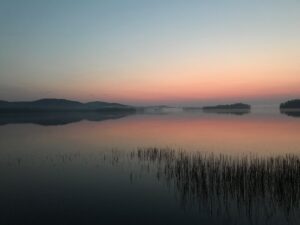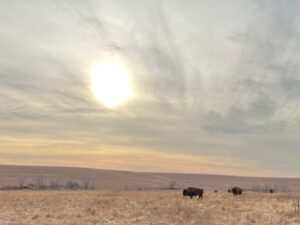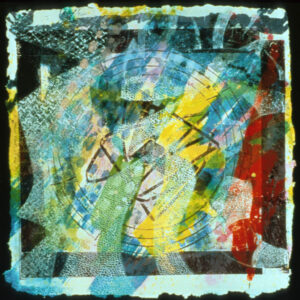 Be Here Now premiere 9/7/2024
Be Here Now premiere 9/7/2024
Vassar College Skinner Recital Hall
composed 2024
Marka Young & Rachel Handman violins, Liuh-Wen Ting viola, Jacob Nordlinger cello, Danniel Merriman double bass, Susan Rotholz flute, Cheryl Bishkoff oboe, Ian Tyson clarinet, Peter Reit french horn, Elisabeth Romano bassoon, Eduardo Navega conductor (9/7/2024)
Be Here Now
composed 2024
duration 16 minutes
This work for ten players fits in a chamber music genre variously known as a dectet, decet, or tentet. Ensembles of this size vary widely in instrumentation. Some of the best-known employ standard wind quintet and string quartet plus double bass, resembling a mini-orchestra. Be Here Now follows this model and, like an orchestra, requires a conductor.
Inspired by sonic imagery found, surprisingly, in a hiking guidebook, the music begins with small groups of hikers setting out at slow but steady and then double-time paces. Soon, instrument groups associate with components of the natural environment: wind instruments with rocks, for instance, and strings with trees. The music responds to guidebook author Edward Henry’s evocations of bellowing boulders, bold staccato rocks, muted forests, lifting melodies, spreading counter-melodies, and harmonizing ridges along the path to a rock promontory in New York’s Shawangunk Mountains known as Gertrude’s Nose. “The crescendos of rock continue to grow, and the forest interludes fade into the background as the land builds to a climax,” culminating in what Henry calls the “final stanza” from the “natural orchestra” (Gunks Trails, 2003).
As for the title of Be Here Now, it comes from a hand-painted sign of mysterious origin greeting hikers near the start of a path to a wilderness area near Santa Fé, New Mexico. Its advice to “be here now” is as germane to music listeners as to hikers. Forego the distractions of modern life and be fully present in this place and this moment. Happy hiking!



